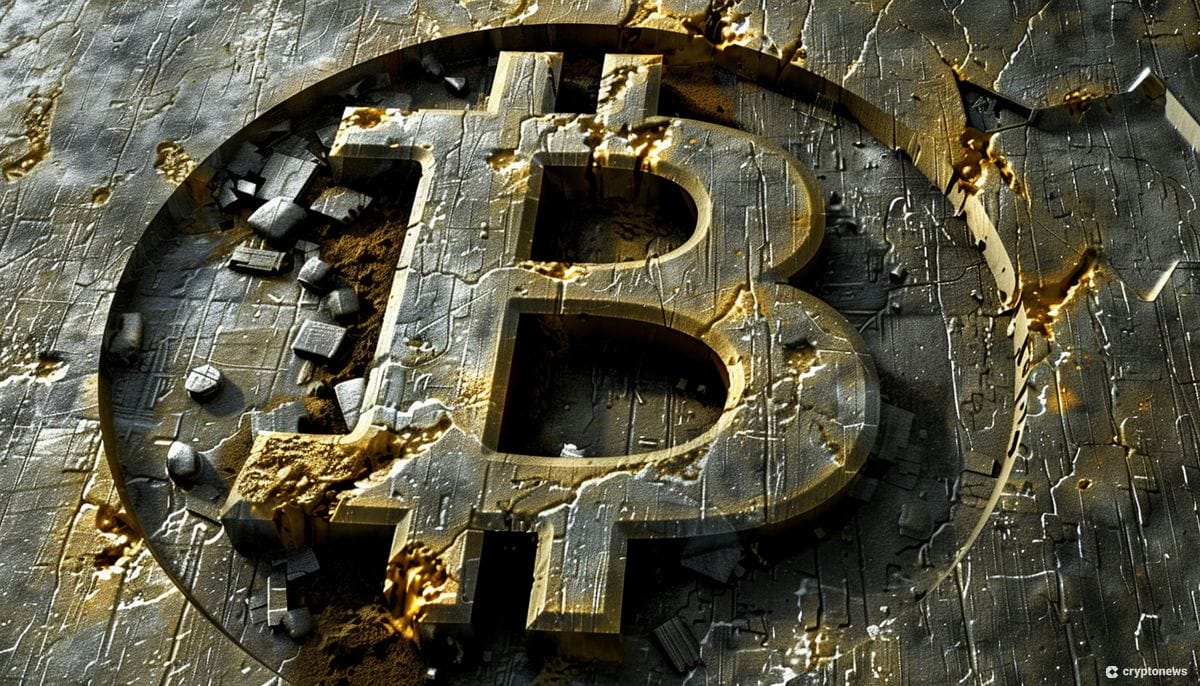Last updated:
April 26, 2024 13:25 EDT
| 2 min read
The Runes Protocol has faced scrutiny regarding its impact on Bitcoin’s network, sparking a discussion about its structure and implications.
A critical evaluation of the Runes protocol was articulated by Bitcoin core developer Luke Dashjr in a recent post, where he pointed out that it exploits a fundamental flaw in the design of the Bitcoin blockchain network.
Dashjr highlighted the contrasting approaches of Ordinal Inscriptions and the Runes protocol in their interactions with the network.
Ordinals focus on vulnerabilities.
In contrast, Runes capitalize on design flaws.
— Luke Dashjr (@LukeDashjr) April 26, 2024
He further explained that while Ordinals target weaknesses within Bitcoin Core, the Runes protocol operates within the existing framework of design flaws present in the network.
Criticism Emerges Due to Congestion Arising from Runes
Ordinals allow for the inscription of data onto satoshis (the smallest units of Bitcoin), introducing a concept similar to non-fungible tokens (NFTs).
Their introduction last year marked Bitcoin’s entry into the NFT space, attracting considerable attention within the cryptocurrency community.
Conversely, Runes are fungible tokens introduced post Bitcoin’s fourth halving. However, upon their introduction, these tokens led to significant network congestion, causing a surge in transaction fees.
Dashjr has been a vocal critic of both asset types, arguing that they deviate from Bitcoin’s core principles and contribute to blockchain spam.
He previously referred to Ordinals as a bug and spearheaded efforts to address them through bug fixes.
In response to his opposition to Runes, Dashjr proposed methods to filter out transactions associated with the protocol.
He recommended adjusting the “datacarriersize” setting in the bitcoin.conf file to zero, effectively blocking Runes’ spam. However, initial reports indicate that miners are not following this recommendation.
Ocean Mining, a decentralized mining pool where Dashjr serves as the CTO, recently mined its first post-halving block, with over 75% of its transactions originating from the Runes protocol.
We don’t dictate which blocks our miners mine. @OCEAN_mining’s goal is, in fact, the complete opposite: to empower miners to make these decisions.
Consequently, we offer a data-free template for miners who choose to exclude Runes, and I personally encourage miners…
— Luke Dashjr (@LukeDashjr) April 26, 2024
“Nonetheless, while it’s unfortunate that numerous questionable Runes were mined, they did adhere to the guidelines OCEAN has advocated from the beginning,” he remarked. “While Ordinals represent a 9-vector attack exploiting vulnerabilities in Bitcoin Core, Runes constitute a ‘only’ a 5-vector attack that technically complies with the ‘rules.’”
Decrease in Bitcoin Transaction Fees Post-Halving
Bitcoin transaction fees experienced a notable decline just one day after reaching an all-time high average of $128 on April 20, coinciding with the fourth Bitcoin halving event.
By April 21, the average fees for medium-priority transactions on the Bitcoin network varied between \(8 to \)10.
The preceding day witnessed a surge in total fees, with Bitcoin accumulating $78.3 million in fees, surpassing Ethereum by more than 24 times.
Significantly, the Bitcoin halving block at block height 840,000 featured a record-breaking 37.7 Bitcoin (equivalent to \(2.4 million) in transaction fees paid to Bitcoin miner ViaBTC. This block comprised 3,050 transactions, resulting in an average fee of under \)800 per user.
The demand for block 840,000 was largely driven by enthusiasts of meme coins and NFTs competing to inscribe and etch rare satoshis using the Runes protocol.

